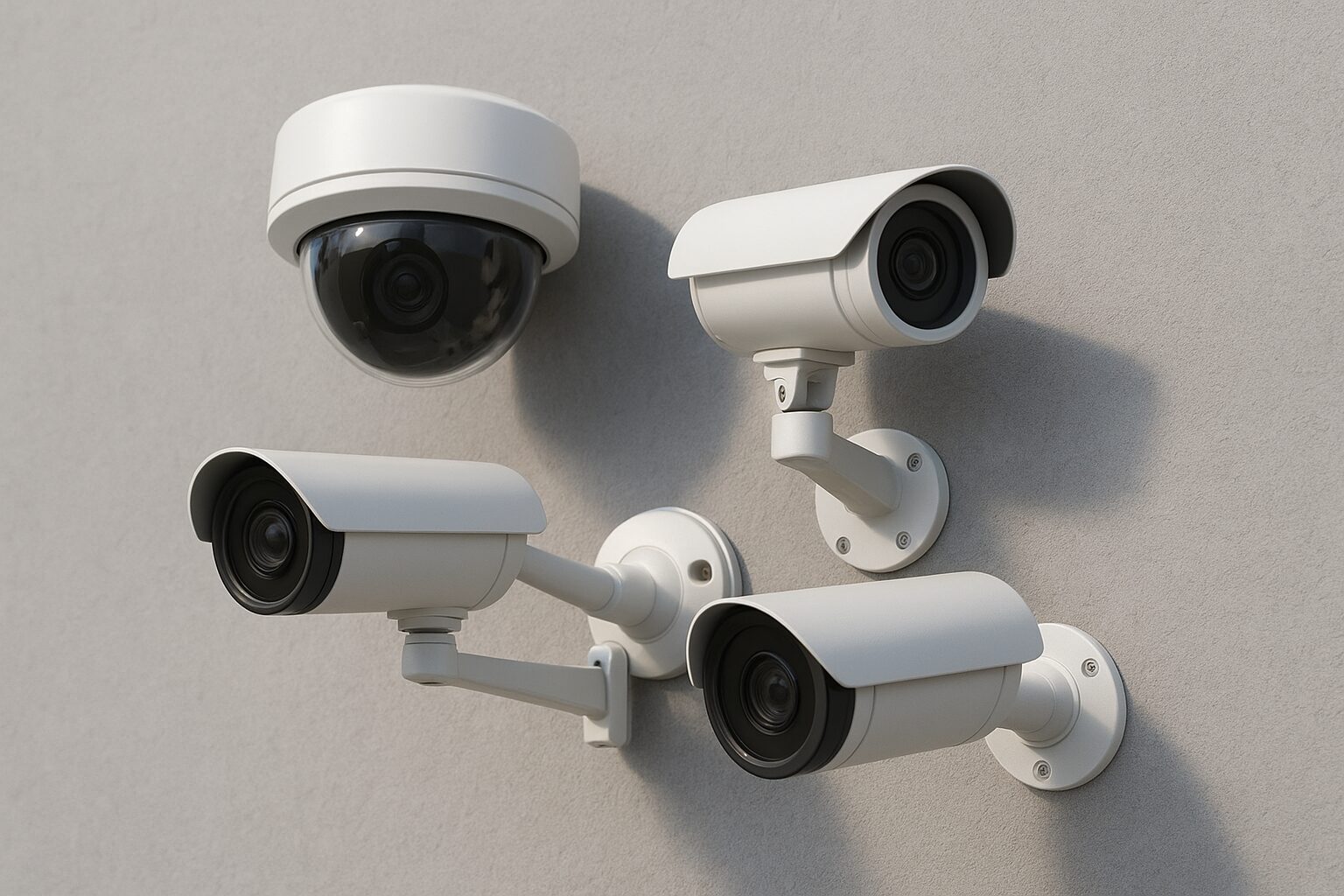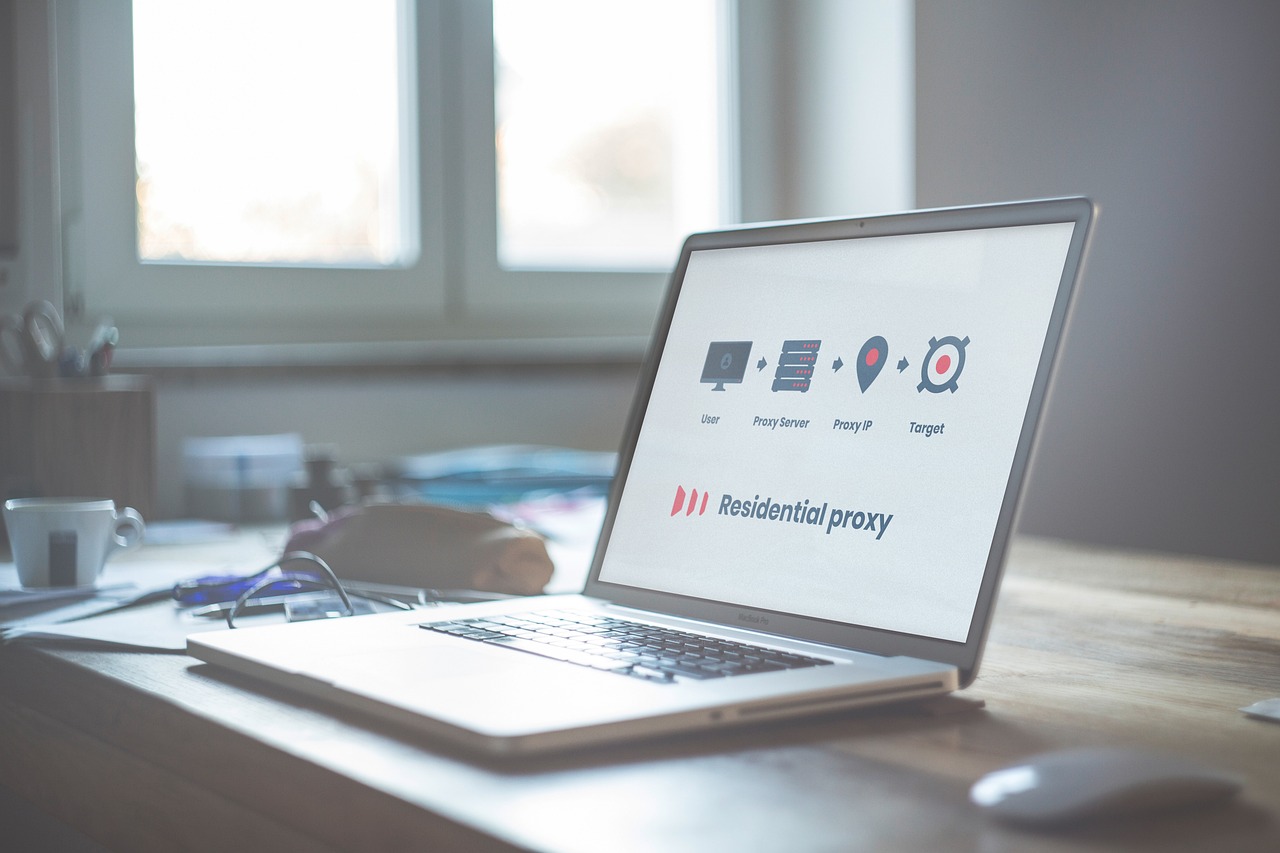In today’s world, surveillance cameras have become an essential part of both home and business security. As we move deeper into 2025, the demand for smarter, more connected, and AI-driven security systems continues to grow. Whether you’re protecting your home, monitoring your office, or keeping public spaces safe, modern surveillance cameras offer a level of convenience and control that was once impossible.
Thanks to advancements in AI, 4K video resolution, and cloud-based storage, today’s security systems can do more than just record footage—they can analyze, alert, and even deter threats before they happen.
.If you’re looking to upgrade your security setup, understanding the different types of surveillance cameras, their key features, and the top models of 2025 can help you make an informed decision.
What Are Surveillance Cameras?
Surveillance cameras are electronic devices designed to capture and record video footage for monitoring and security purposes. They’re used in homes, offices, stores, and public places to help prevent crimes, monitor activities, and provide evidence when needed.
How They Work
Most surveillance cameras capture video either through wired or wireless connections, sending the footage to a recording device, a local server, or the cloud. Modern systems also support real-time viewing through mobile apps, allowing users to monitor their property anywhere, anytime.
Common Uses
- Home security: Protecting property, loved ones, and deliveries.
- Business surveillance: Monitoring employees, customers, and inventory.
- Public safety: Used in streets, schools, and transportation systems.
Choose a surveillance camera that supports remote monitoring and motion detection to receive instant alerts when unusual activity occurs.
Types of Surveillance Cameras
Not all surveillance cameras are the same. Here are the most common types you’ll find in 2025:
1. Dome Cameras
- Best for: Indoor use (offices, retail stores)
- Features: Compact, discreet, and provides wide-angle coverage.
- Why choose: Hard to tell which direction it’s facing—ideal for deterring theft.
2. Bullet Cameras
- Best for: Outdoor surveillance
- Features: Long-range focus, weather-resistant, and visible deterrent.
- Why choose: Great for parking lots and large properties.
3. PTZ (Pan-Tilt-Zoom) Cameras
- Best for: Large areas needing flexible coverage
- Features: Can pan, tilt, and zoom remotely.
- Why choose: Perfect for real-time monitoring and tracking moving objects.
4. Wireless Cameras
- Best for: Home users who prefer easy installation
- Features: Connects via Wi-Fi; minimal wiring.
- Why choose: Ideal for renters or small spaces.
5. IP Cameras
- Best for: Modern smart homes and businesses
- Features: Internet-based streaming, high resolution, remote access.
- Why choose: Offers smart alerts, facial recognition, and easy integration.
6. Hidden or Spy Cameras
- Best for: Covert surveillance
- Features: Compact and camouflaged as everyday objects.
- Why choose: Ideal for discreet monitoring.
7. Doorbell Cameras
- Best for: Home entry security
- Features: Two-way audio, live view, motion detection.
- Why choose: Lets you see and talk to visitors even when you’re away.
Key Features to Look for in Surveillance Cameras
When choosing a surveillance camera, focus on features that match your needs and environment.
- Resolution: Go for at least 1080p HD; 2K or 4K offers sharper detail.
- Night Vision: Ensures visibility in low light or complete darkness.
- Motion Detection: Triggers recording or alerts when activity is detected.
- AI Alerts: Some cameras recognize faces, vehicles, or packages.
- Storage Options: Choose between cloud storage (remote) or local SD cards.
- Weather Resistance: Rated IP65 or higher for outdoor cameras.
- Smart Integration: Works with Alexa, Google Home, or Apple HomeKit.
- Remote Access: View and control cameras from your smartphone app.
Visual: Surveillance Camera Market Growth (2020–2025)
| Year | Global Market Value (USD Billion) | Growth Rate (%) |
|---|---|---|
| 2020 | 25.1 | — |
| 2021 | 28.6 | 13.9% |
| 2022 | 32.2 | 12.6% |
| 2023 | 36.9 | 14.6% |
| 2024 | 41.8 | 13.3% |
| 2025 (Forecast) | 47.5 | 13.6% |
The global surveillance camera market is projected to reach $47.5 billion in 2025, driven by the rise in smart home adoption and AI-powered security systems.
Benefits of Using Surveillance Cameras
- Crime Deterrence: The visible presence of cameras discourages theft and vandalism.
- Real-Time Monitoring: View your property from anywhere via mobile apps.
- Evidence Collection: Video footage can serve as proof during investigations.
- Peace of Mind: Know your loved ones and belongings are safe 24/7.
- Remote Control: Adjust settings, playback footage, or receive alerts on the go.
Top Surveillance Camera Brands & Models for 2025
1. Arlo Ultra 2
- Highlights: 4K HDR, color night vision, two-way audio, and smart alerts.
- Best for: Smart home users with Alexa or Google Home.
2. Ring Spotlight Cam Pro
- Highlights: Motion-activated lights, 3D motion detection, and advanced alerts.
- Best for: Outdoor areas like garages and driveways.
3. Google Nest Cam (Battery)
- Highlights: Wireless, AI detection for people, animals, and vehicles.
- Best for: Flexible indoor/outdoor use.
4. Reolink 4K PoE
- Highlights: Affordable 4K clarity, PoE connectivity for stable streaming.
- Best for: Businesses needing multiple wired cameras.
5. Wyze Cam v4
- Highlights: Budget-friendly, AI-powered detection, color night vision.
- Best for: Entry-level home security setups.
6. Blink Outdoor 4
- Highlights: Long battery life, cloud storage, weatherproof design.
- Best for: Homeowners who prefer low-maintenance setups.
How to Choose the Right Surveillance Camera for Your Needs
Choosing the right surveillance camera depends on your space, budget, and features needed.
Key Factors to Consider
- Location: Indoor cameras need less protection than outdoor ones.
- Budget: Prices range from $30 (basic) to $400+ (premium smart cameras).
- Connectivity: Choose between wired (stable connection) or wireless (easy setup).
- Features: Focus on AI alerts, night vision, and storage options.
Wired vs. Wireless Systems
| Feature | Wired | Wireless |
|---|---|---|
| Installation | Requires cabling | Easy to install |
| Reliability | More stable | Can be affected by Wi-Fi |
| Maintenance | Harder to move | Easier to relocate |
Installation Tips
- Mount cameras at least 8–10 feet above the ground.
- Avoid pointing directly at light sources.
- Regularly clean lenses and update firmware for better performance.
Future Trends in Surveillance Cameras (2025 and Beyond)
The future of surveillance is becoming smarter, more secure, and data-driven.
- AI and Facial Recognition: Cameras can now recognize faces, vehicles, and behavior patterns.
- Cloud Video Analytics: Advanced data tools analyze footage for unusual activities.
- 360° Panoramic Cameras: Provide complete coverage without blind spots.
- Privacy Enhancements: Brands now include encrypted data and user consent controls.
Common FAQs about Surveillance Cameras
1. What’s the difference between CCTV and IP cameras?
CCTV uses analog signals and requires DVRs, while IP cameras send digital data through the internet for remote access.
2. Are wireless surveillance cameras safe from hacking?
Yes, as long as you use strong passwords, two-factor authentication, and encrypted connections.
3. How much storage do I need for video footage?
For 1080p video, 1 TB can store about 15 days of continuous footage. Cloud options offer flexible storage plans.
4. Can surveillance cameras work without Wi-Fi?
Yes. Wired systems or local SD card cameras work offline, though you’ll lose remote access.
5. Do I need a subscription for cloud storage?
It depends. Some brands offer free limited storage, while others (like Ring or Arlo) require a monthly subscription.
6. What type of surveillance camera is best for outdoor use?
Bullet cameras and PTZ cameras are ideal for outdoor areas. Look for weather-resistant models (IP65 or higher) with night vision.
7. Can I integrate surveillance cameras with smart home systems?
Yes. Many IP and wireless cameras work with Alexa, Google Home, and Apple HomeKit for easy smart home integration.
8. How often should I maintain or update my surveillance camera system?
Check camera lenses monthly, update firmware regularly, and test alerts at least once a month to ensure optimal performance.
Conclusion
Surveillance cameras have evolved into smart, AI-driven security systems that keep homes and businesses safer than ever before. Whether you want to monitor your driveway, protect your store, or simply keep an eye on your pets, there’s a model suited to your needs and budget.
Disclaimer
The information provided in this article is for educational and informational purposes only. Product features, prices, and specifications may change without notice. Always verify details with the official manufacturer before making a purchase.



